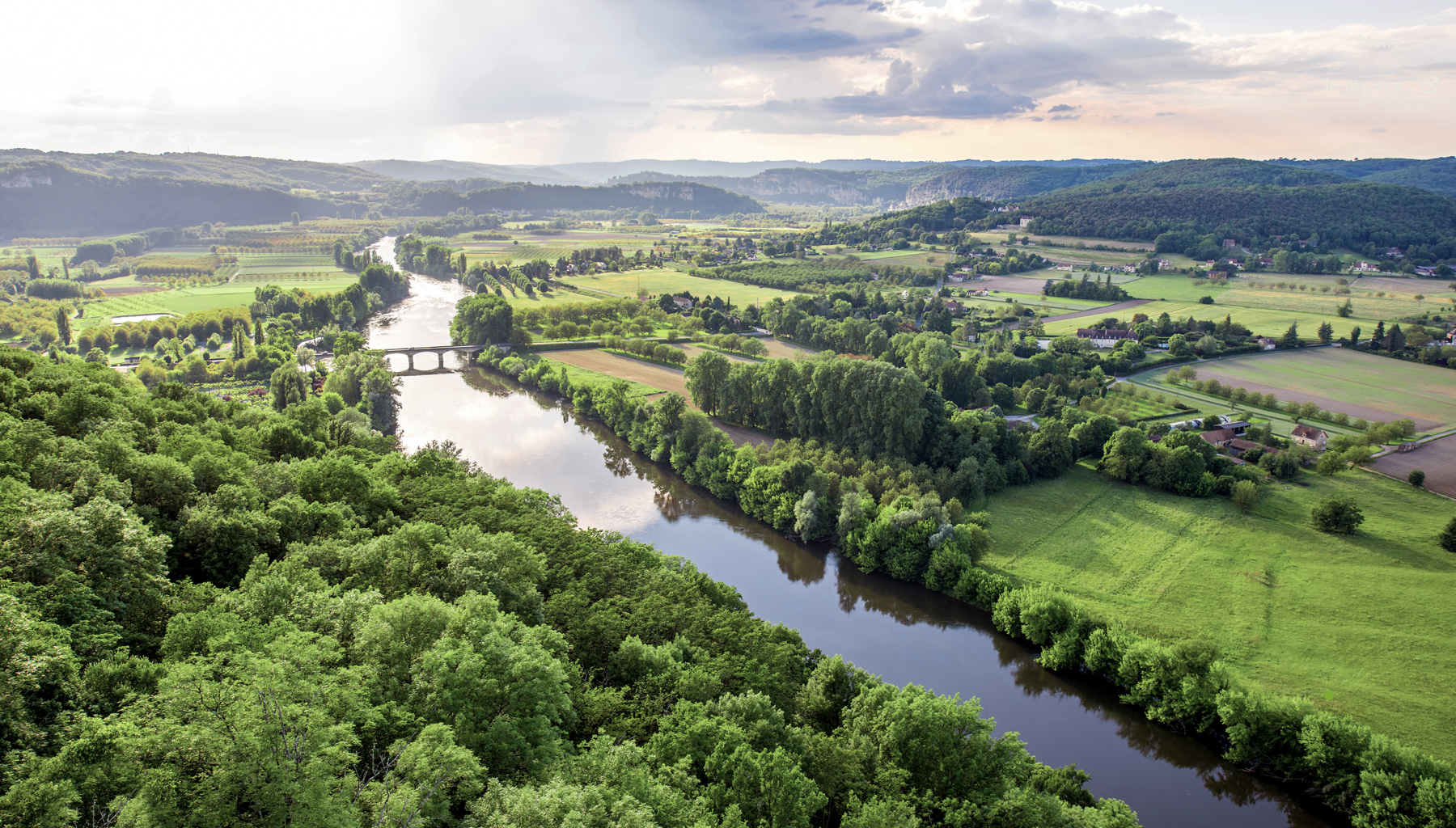
Want to dive into the Gallo-Roman history during your camping vacations in Dordogne ? Don’t miss the Vesunna museum in Périgueux!
The southern quarter of Périgueux is the seat of the ancient Gallo-Roman capital of the Petrocores, a people of southern Celtic Gaul established between the present-day Dordogne and the Vézère and Isle valleys.
This Gallic people developed from the 1st to the 11th century and is the origin of the name of the ancient province Périgord and of its capital Périgueux.
During the conquest of Gaul by Julius Caesar, the Petrocorians provided Vercingetorix with 5,000 warriors to face the legions.
They were then renowned for their excellence in ironwork.
At the end of the 11th century Vesunna or Vesone is equipped with a defensive enclosure to resist the barbarian raids. In 418 the city was ceded to the Visigoths and then came under the domination of the Franks in 507.
In the Middle Ages, the city merged with the neighboring medieval city to form the city of Périgueux.
If the tower of Vesone, vestige of the Gallo-Roman temple is still visible, in 1959 the remains of a rich urban residence called Domus were discovered nearby.
Archaeological surveys then began, revealing walls of painted plaster over a meter high.
The series of archaeological excavation campaigns will inform the experts about the changes made to the Domus during its occupation.
An extended excavation discovered a peristyle with a basin, a reception room, wells, one of which contains the remains of a wooden pump, kitchens, a dining room called triclinum and other Gallo-Roman remains. Among other things, we note the remains of a temple, called fanum, the ramparts of the citadel and the ruins of an amphitheater of the Roman period.
In the early 90s, the idea of creating an art museum was launched and the project of the architect Jean Nouvel was selected. The museum opened its doors in 2003.
At the foot of the tower, the visit begins in a patio arranged around a hundred-year-old oak tree. The visitor discovers the domus and its environment through a model, then the whole ruins via mezzanines putting perfectly in perspective the site. An exceptional archaeological collection completes the visit.
If you don’t know what to do in the Dordogne, the site is open all year round!
Many animations are proposed during the summer period and will delight the amateurs of archaeology and prehistoric reconstitution. Bronze objects, ceramics and other relics of antiquity are regularly exposed.
The normal rate is 6€, the reduced rate is 4€.
